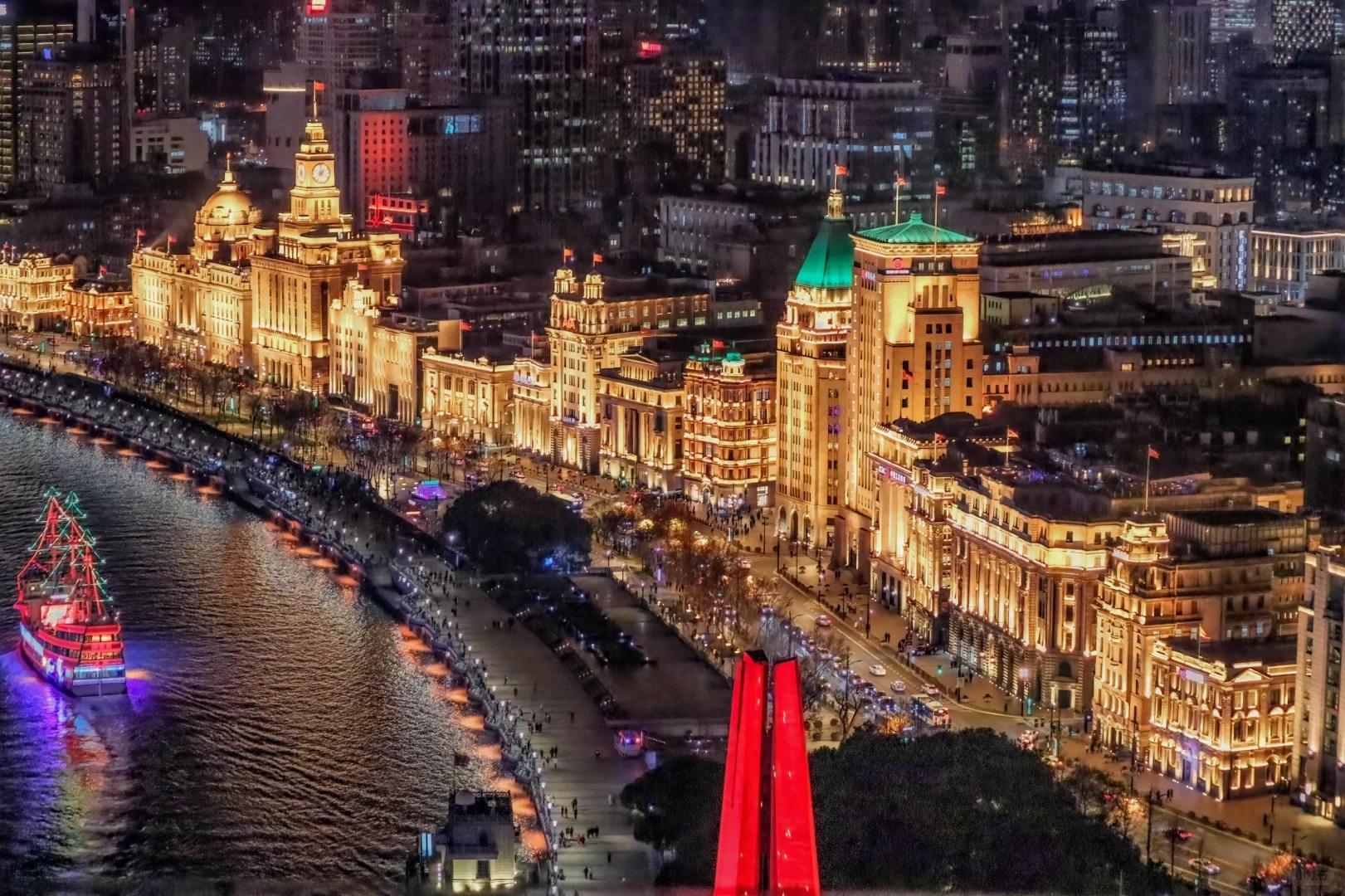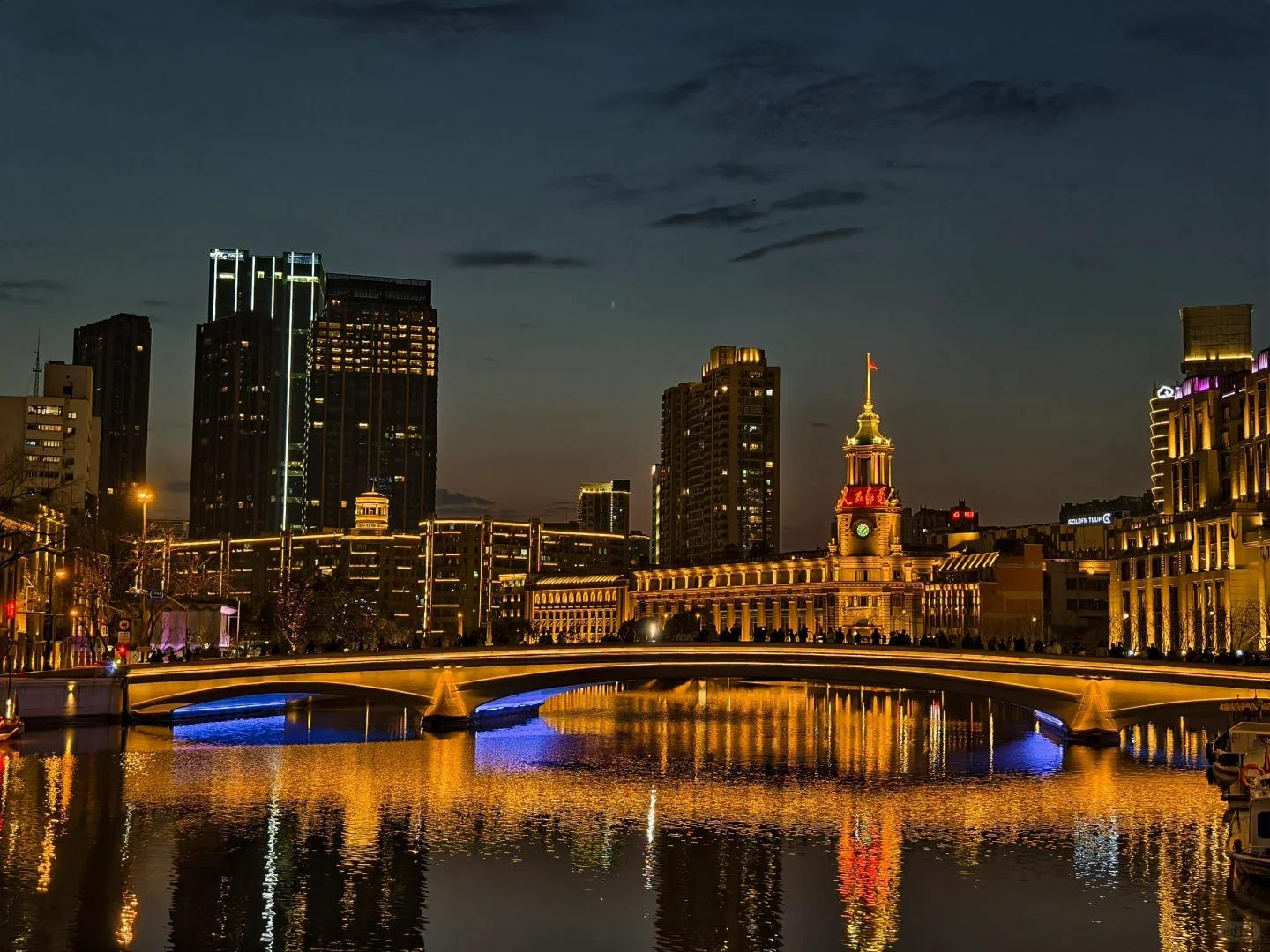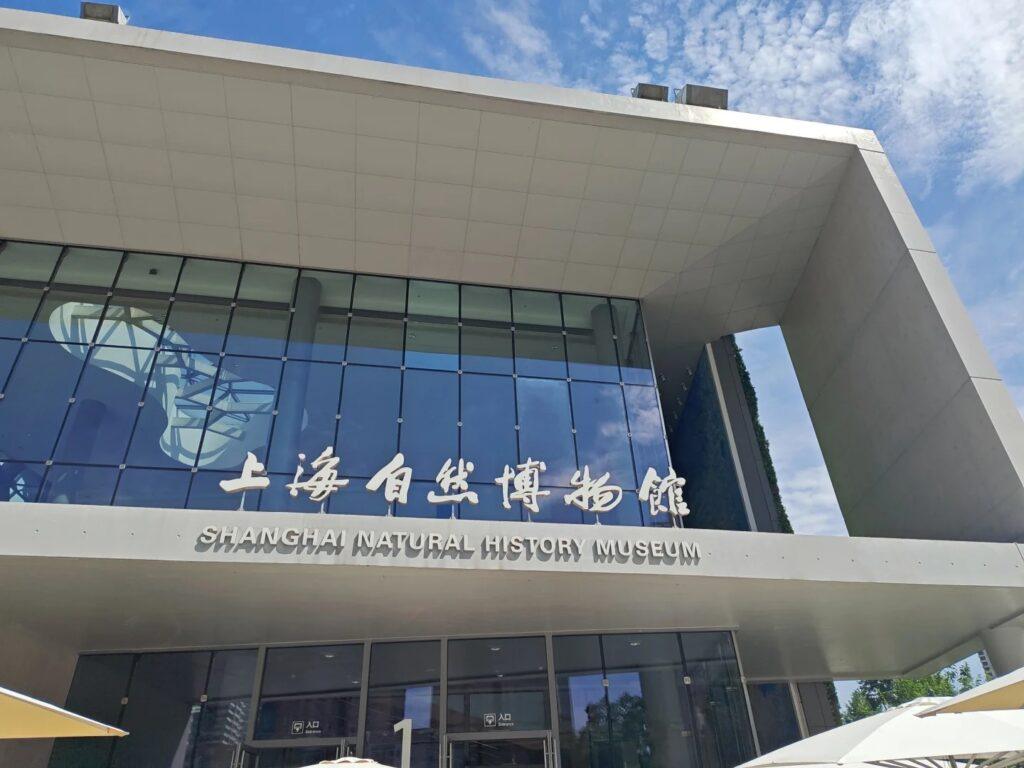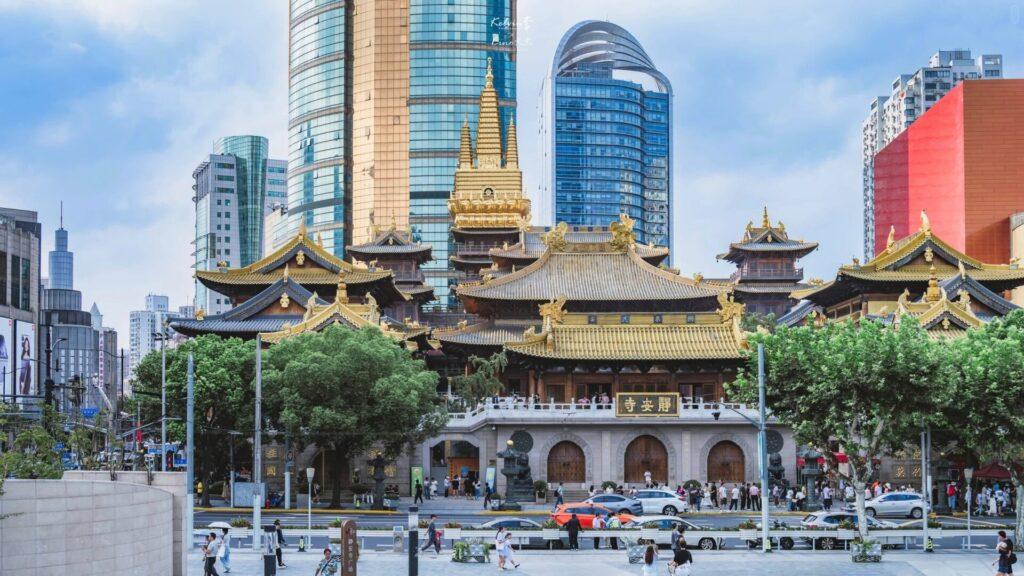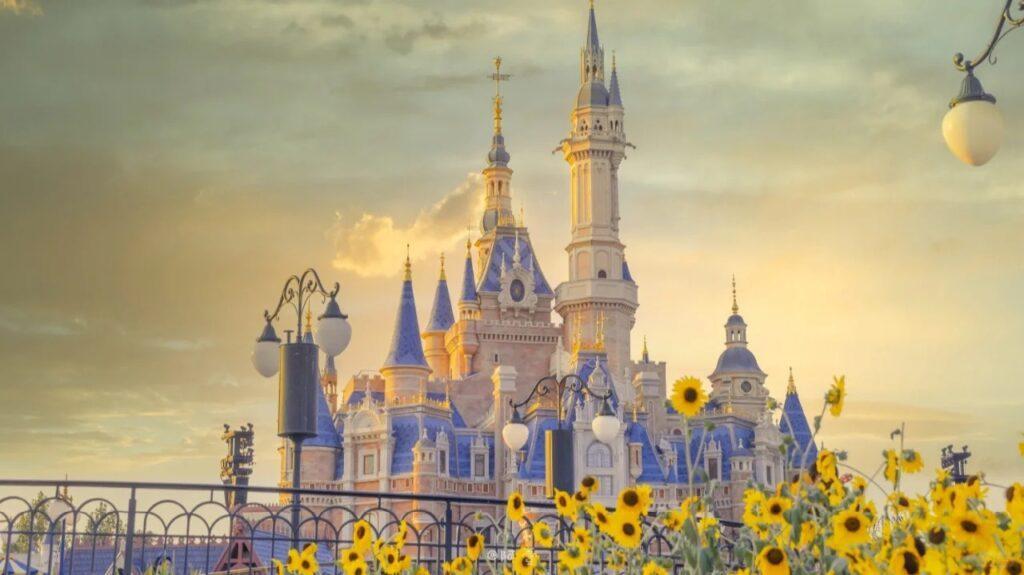Visiting Information
| Information | Details |
|---|---|
| Chinese Name | 外滩 (Wàitān) |
| Location and Address | Zhongshan East 1st Road, Huangpu District, Shanghai, China |
| Opening Hours | Open 24 hours |
| Entrance Fee | Free |
| How to Get There | By Metro: Line 2, 10 or 14 to East Nanjing Road Station By Bus: Bus No. 20, 37, 55, 65, 71, 128, 205, 252, or 305 By Taxi: Ask for “Wàitān” or “The Bund” |
| Best Time for Visit | Spring (March to May) and Autumn (September to November) |
| Contact Info | Phone: +86 21 6321 6888 Email: [email protected] |
Overview
The Bund, known as “Wàitān” in Chinese, is a famous waterfront area in central Shanghai. Stretching about 1.5 kilometers along the west bank of the Huangpu River, it showcases an impressive array of early 20th-century architecture, juxtaposed against the ultra-modern skyline of Pudong across the river. The Bund is not only a symbol of Shanghai but also a witness to the city’s history and rapid development.
Historical Background
The Bund’s history dates back to the mid-19th century when it was a British settlement. After the First Opium War in 1842, Shanghai became a treaty port, and the Bund developed into a powerful financial center of East Asia. Foreign powers, including Britain, France, the United States, Germany, Japan, and Russia, established banks, trading houses, and consulates along this stretch. The area experienced significant growth and transformation, becoming known as the “Wall Street of Asia” by the 1940s. After 1949, many of the buildings were taken over by the Chinese government and repurposed. Today, The Bund stands as a testament to Shanghai’s colonial past and its evolution into a global metropolis.
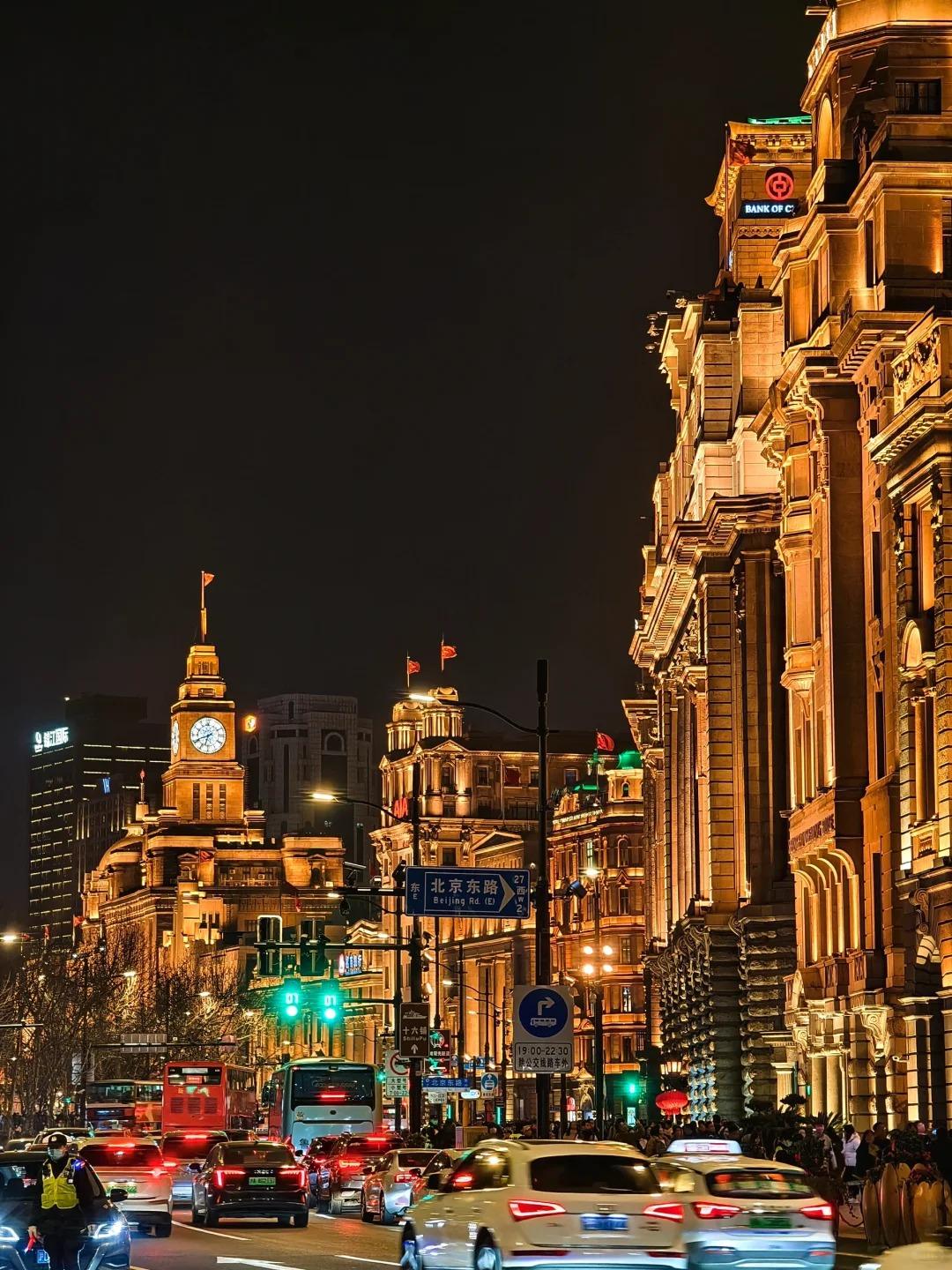
Architectural Features
- Eclectic Architectural Styles: The Bund features a remarkable collection of buildings in various architectural styles, including Neoclassical, Beaux-Arts, and Art Deco. This diversity reflects the international influences that shaped Shanghai in the early 20th century. Notable examples include the HSBC Building with its neoclassical design and the Customs House with its distinctive clock tower.
- The Bund Promenade: A wide, riverside walkway runs the length of The Bund, offering visitors and locals alike a place to stroll, exercise, and enjoy views of the Huangpu River and the Pudong skyline. The promenade was extensively renovated in the early 2000s to enhance its appeal and functionality.
- Historic Buildings: Along The Bund, there are 52 buildings of various architectural styles, including Gothic, Baroque, Romanesque, Classicism, and Renaissance. These buildings, once housing powerful banks and trading houses, now serve various purposes, from government offices to high-end hotels and restaurants.
- Huangpu Park: Located at the northern end of The Bund, this small park was once the only public park in Shanghai where Chinese people were not allowed to enter during the colonial period. Today, it’s open to all and features the Monument to the People’s Heroes, commemorating revolutionary martyrs.
- Waibaidu Bridge: Also known as the Garden Bridge, this distinctive steel bridge at the northern end of The Bund spans Suzhou Creek where it enters the Huangpu River. Built in 1908, it’s the first all-steel bridge in China and an important landmark of The Bund.
Cultural Importance
The Bund holds immense cultural significance as a symbol of Shanghai’s past and present. It represents the city’s colonial history, its rise as a global financial center, and its transformation into a modern metropolis. The area has been featured in countless works of literature, film, and art, both Chinese and international. The Bund serves as a cultural interface between China and the West, embodying Shanghai’s unique blend of Eastern and Western influences. It continues to be a source of pride for Shanghai residents and a must-visit destination for tourists, offering a tangible link to the city’s rich history.
Surrounding Attractions
- Nanjing Road: One of the world’s busiest shopping streets, Nanjing Road extends from The Bund westward. It offers a mix of traditional stores and modern shopping malls, attracting millions of visitors annually. The eastern section is a pedestrian-only street, making it ideal for leisurely strolls and window shopping.
- Yu Garden: Located in the Old City of Shanghai, Yu Garden is a classical Chinese garden created in the 16th century. It features traditional pavilions, rockeries, ponds, and bridges, offering a serene escape from the bustling city. The adjacent bazaar area is popular for souvenirs and local snacks.
- People’s Square: This large public square is the modern center of Shanghai, home to the Shanghai Museum, Shanghai Grand Theatre, and Shanghai Urban Planning Exhibition Center. It’s a great place to observe local life and serves as a cultural and recreational hub for the city.
- Lujiazui Financial District: Directly across the Huangpu River from The Bund, Lujiazui showcases Shanghai’s modern face with its iconic skyscrapers. Key attractions include the Oriental Pearl TV Tower, Shanghai World Financial Center, and Shanghai Tower, offering observation decks with panoramic views of the city.
- Xintiandi: A fashionable pedestrian street featuring reconstructed traditional Shikumen houses transformed into cafes, restaurants, and shops. It’s a popular area for both tourists and locals, offering a unique blend of traditional architecture and modern lifestyle.
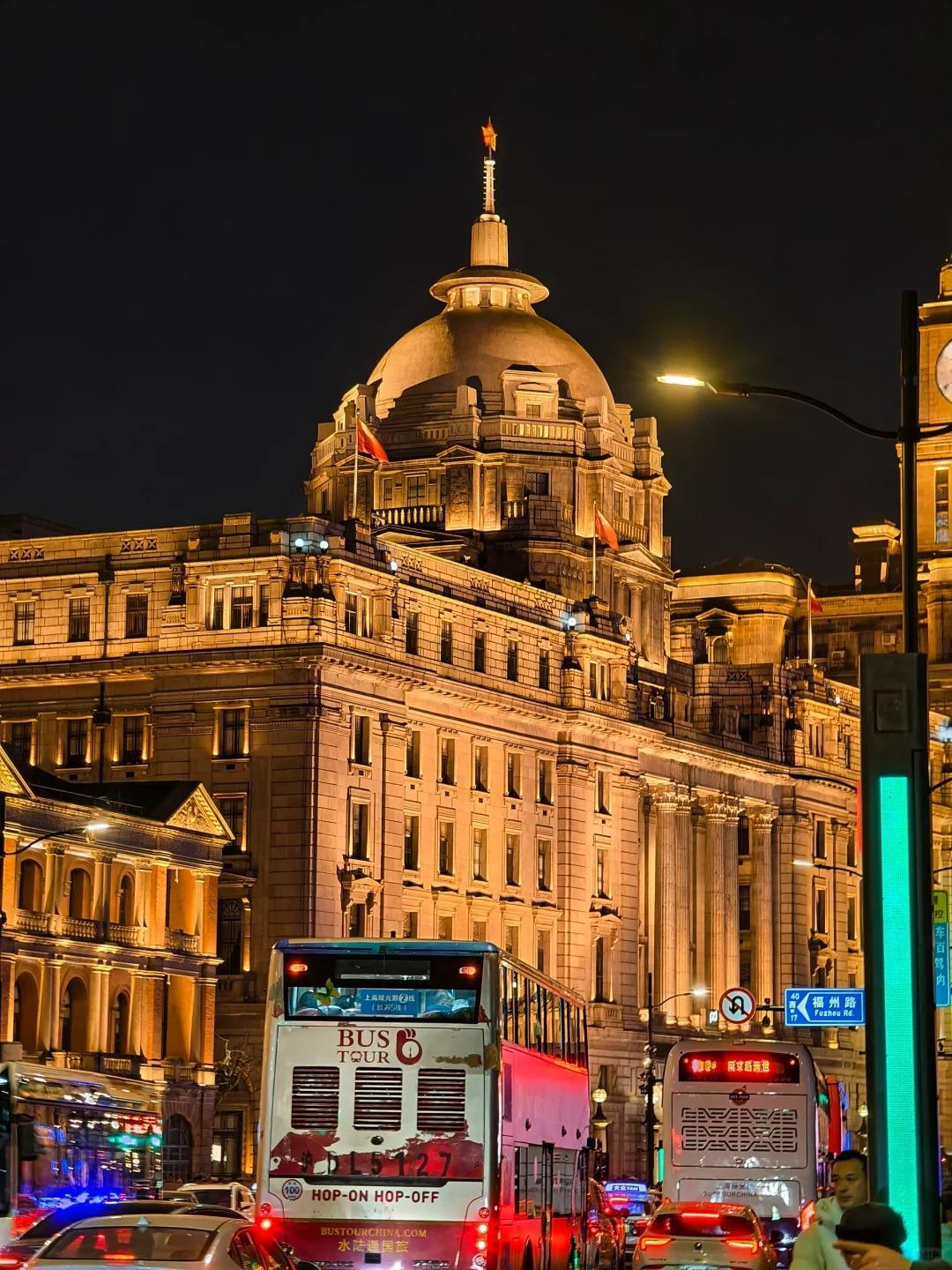
Photography Opportunities
- Skyline Views: The contrast between the historic buildings of The Bund and the futuristic skyline of Pudong across the river offers a stunning visual representation of Shanghai’s past and present. This iconic view is particularly breathtaking at sunset and after dark when the buildings are illuminated.
- Architectural Details: The diverse architectural styles along The Bund provide numerous opportunities for close-up shots of intricate facades, ornate decorations, and unique building features. Each building tells its own story through its design.
- River Activity: The bustling Huangpu River offers dynamic scenes with various boats, from traditional sampans to modern cruise ships, set against the backdrop of the city skyline. These elements combine to create vibrant, quintessentially Shanghai images.
- Street Photography: The Bund’s promenade is always full of life, with locals and tourists alike providing endless opportunities for candid street photography. From morning tai chi practitioners to evening strollers, there’s always something interesting happening.
- Night Photography: After dark, The Bund transforms with colorful illuminations. The lit-up buildings on both sides of the river create a magical atmosphere, perfect for long-exposure shots that capture the vibrancy of Shanghai at night.
- Seasonal Shots: The Bund offers unique photographic opportunities throughout the year, from cherry blossoms in spring to mist-shrouded mornings in autumn. Each season brings its own charm to this iconic location.
Modern Importance
- Tourism Hub: The Bund is one of Shanghai’s most popular tourist destinations, attracting millions of visitors annually. It serves as a showcase of the city’s history and development, contributing significantly to Shanghai’s tourism industry and economy.
- Cultural Preservation: The Bund plays a crucial role in preserving Shanghai’s architectural heritage. The maintenance and restoration of its historic buildings ensure that future generations can appreciate the city’s rich cultural past.
- Economic Center: While no longer the financial heart of Shanghai, The Bund remains an important business district. Many of its historic buildings now house high-end hotels, restaurants, and luxury retail outlets, contributing to the local economy.
- Urban Planning Model: The successful integration of historic preservation with modern development along The Bund serves as a model for urban renewal projects in other Chinese cities and around the world.
- Symbol of Shanghai: The Bund continues to be the most recognizable symbol of Shanghai, representing the city in media, promotional materials, and the popular imagination. It embodies Shanghai’s identity as a global city with a rich history.
- Public Space: The Bund’s promenade serves as an important public space for Shanghai residents and visitors alike. It provides a place for recreation, exercise, and social interaction, contributing to the quality of urban life in the city.
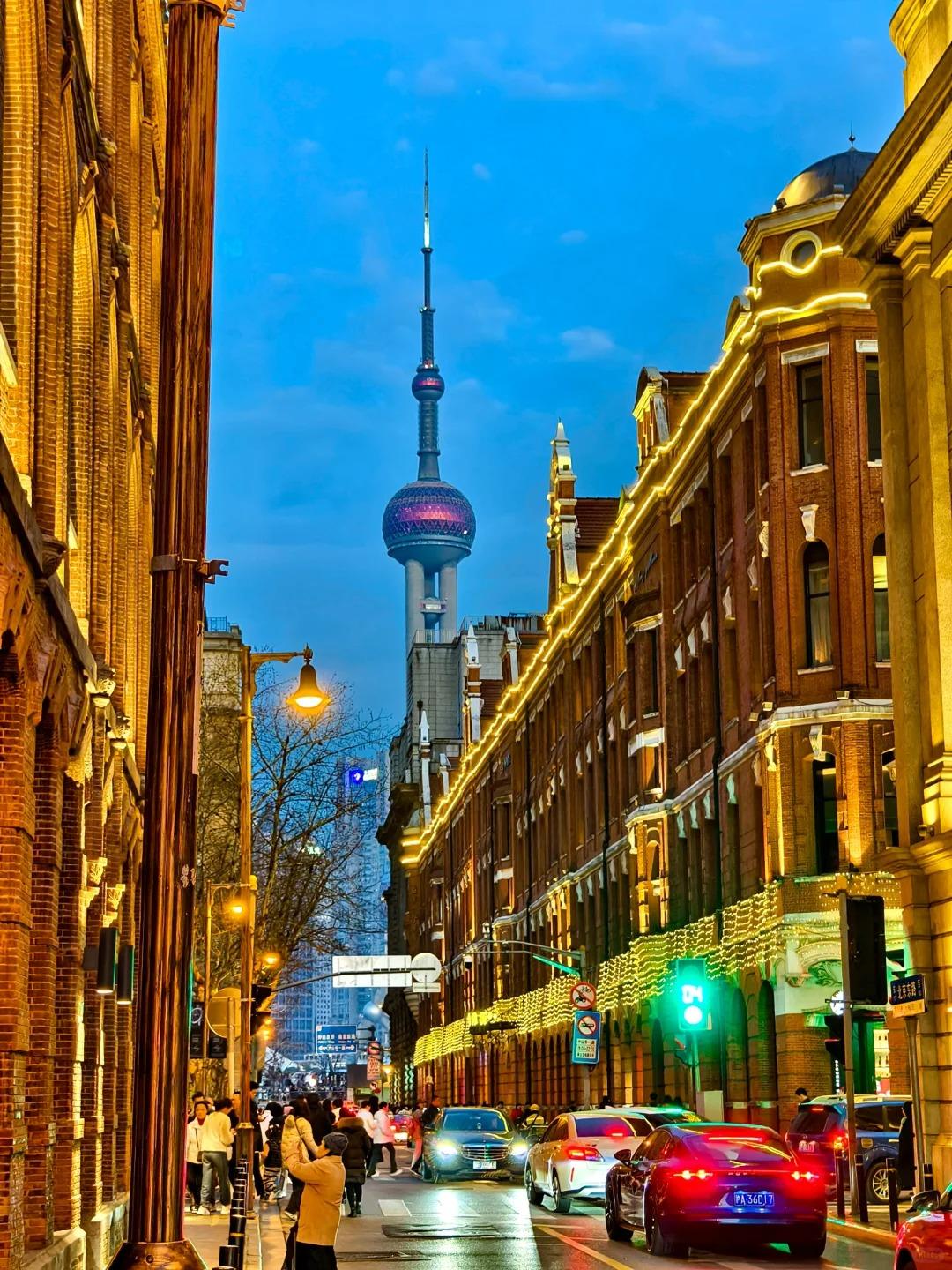
FAQ
- What is The Bund famous for?
The Bund is famous for its impressive collection of early 20th-century architecture, stunning views of the Pudong skyline across the Huangpu River, and its historical significance as Shanghai’s former financial center. - What’s inside The Bund?
The Bund features a waterfront promenade, numerous historic buildings housing banks, hotels, and government offices, as well as high-end restaurants and shops. It also includes Huangpu Park and offers views of the Huangpu River. - Is The Bund free?
Yes, The Bund itself is free to visit. However, some attractions within the buildings or boat tours may charge fees. - Is The Bund worth visiting?
Absolutely. The Bund is considered a must-visit attraction in Shanghai, offering a unique blend of history, architecture, and stunning views. It’s an essential experience for understanding Shanghai’s past and present. - What to do in The Bund?
Visitors can walk along the promenade, admire the architecture, take photos of the Pudong skyline, visit museums or galleries in the historic buildings, enjoy a river cruise, dine at high-end restaurants, or shop in luxury stores. - How do I get to The Bund in the local city?
In Shanghai, you can reach The Bund by taking Metro Line 2, 10, or 14 to East Nanjing Road Station and walking east. Numerous bus routes also serve the area. Taxis are readily available; simply ask for “Wàitān” or “The Bund”. - How to visit The Bund?
To visit The Bund, plan to spend at least a few hours exploring the area. Start with a walk along the promenade, taking in the views of Pudong and the historic buildings. Consider visiting in the late afternoon to see the transition from day to night as the lights come on. You might want to book a river cruise for a different perspective or reserve a table at a rooftop restaurant for dinner with a view. Don’t forget to bring a camera to capture the iconic scenery.


